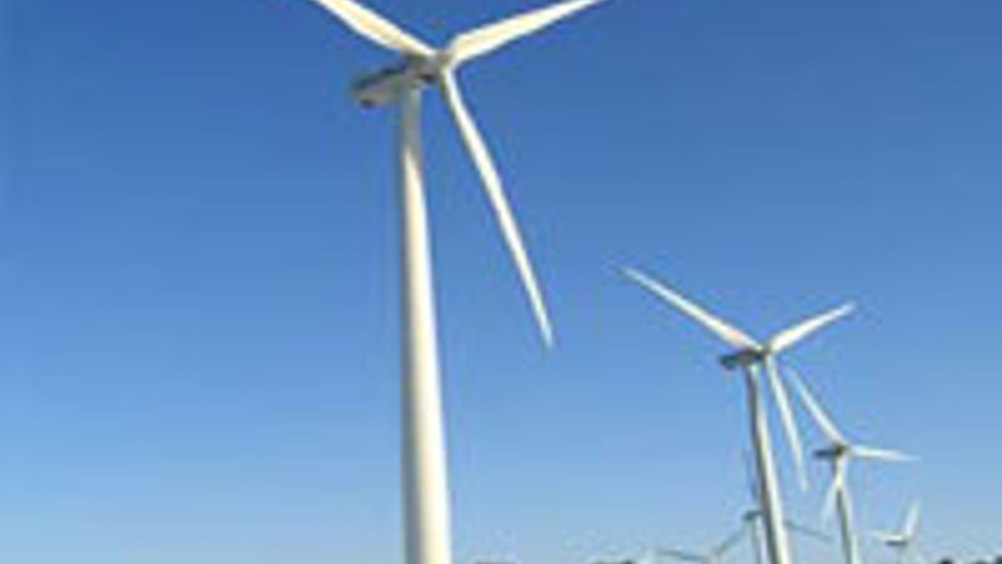Neural networks
A group of researchers from the University of Alcala in Spain has devised a model that allows them to predict the wind speed at each turbine in a wind farm.

A group of researchers from the University of Alcala (UAH) in Spain has devised a model that allows them to predict the wind speed at each turbine in a wind farm.
To develop the model, the scientists used information provided by the Global Forecasting System from the US National Centers for Environmental Prediction. The data from this system covers the entire planet with a resolution of approximately 100km.
The researchers were able to make more detailed predictions by also integrating the so-called ‘fifth-generation mesoscale model' (MM5) from the US National Center of Atmospheric Research, which had been developed to enhance the resolution to 15km x 15km.
However, according to UAH engineer Sancho Salcedo, the information was still not sufficient to predict the wind speed accurately enough and for that reason the team turned to the use of artificial neural networks.
The networks use the temperature, atmospheric-pressure and wind-speed data provided by the forecasting models, in addition to data from the turbines themselves.
Register now to continue reading
Thanks for visiting The Engineer. You’ve now reached your monthly limit of news stories. Register for free to unlock unlimited access to all of our news coverage, as well as premium content including opinion, in-depth features and special reports.
Benefits of registering
-
In-depth insights and coverage of key emerging trends
-
Unrestricted access to special reports throughout the year
-
Daily technology news delivered straight to your inbox










Water Sector Talent Exodus Could Cripple The Sector
Well let´s do a little experiment. My last (10.4.25) half-yearly water/waste water bill from Severn Trent was £98.29. How much does not-for-profit Dŵr...